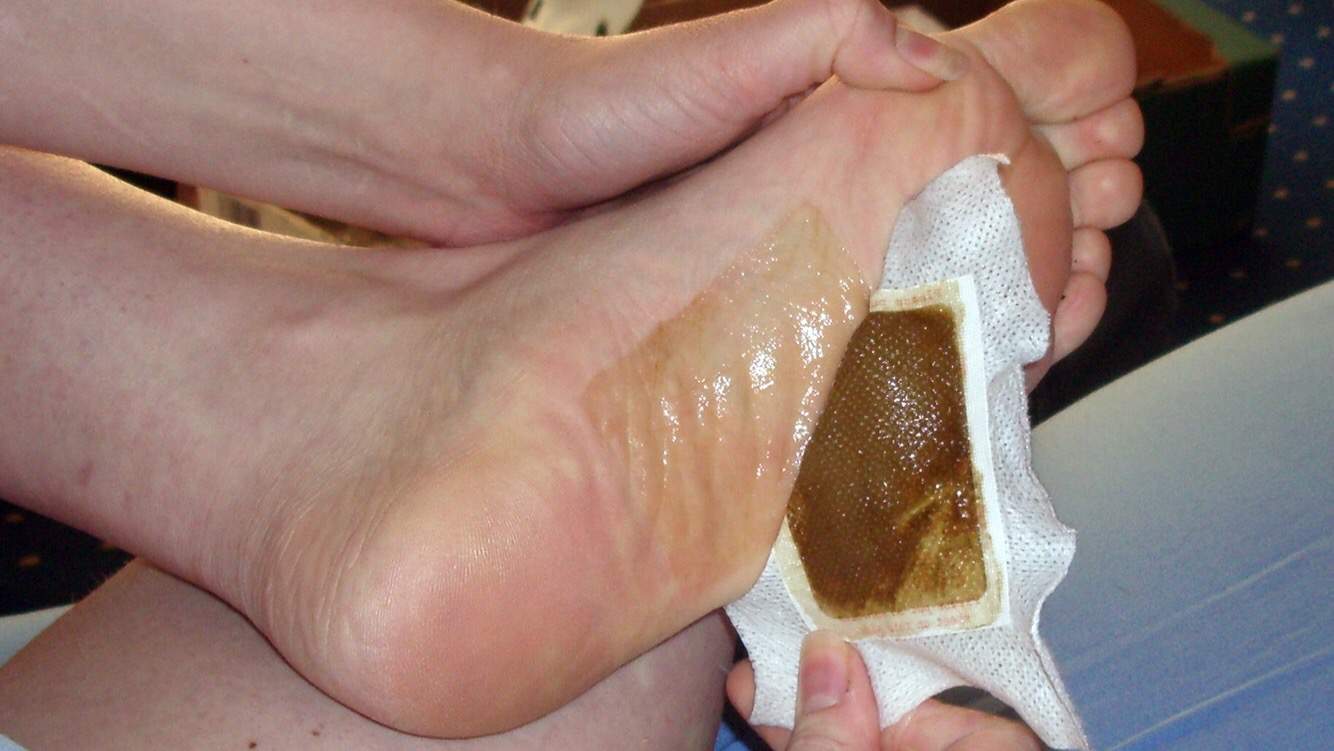The foot is an amazing structure.
“The NHS (National Health System) Choices website says there is ‘reasonably good evidence’ that acupuncture is effective in treating a wide range of conditions, including back pain, dental pain, headache, nausea after operations, and osteoarthritis of the knee. And there are plenty of anecdotes from patients…” – David Derbyshire
2000 years later …
And acupuncture is still proving skeptics wrong. If mindfulness meditation is ‘Exhibit A’ for the figurative defense of traditional therapy, acupuncture is ‘Exhibit B.’
Despite the outspoken skepticism from a minority of individuals within the medical community, certain aspects of traditional medicine have proven beneficial.
Foot pads and acupuncture
You may be wondering “What the heck do foot pads have to do with acupuncture?”
Fair question. The short answer is “a lot.”
Research proves that acupuncture is effective, in part, because it improves the body’s autonomic (involuntary) nervous system. Detoxifying foot pads work very similarly.
How detox foot pads work
While we’ll bypass the anatomy and physiology lesson (Thank Heavens); instead, let’s talk a bit about the mechanisms behind these foot pads.
Dr. Dietrich Klinghardt of the American Academy of Neural Therapy says:
“The major (effect) of the foot pads is in the stimulation of the liver and kidney meridians. This increases the metabolic rate at which the liver and kidney cells detoxify the blood and purify the body.” (Emphasis mine.)
The underlying mechanism of detox foot pads is detoxification through reflexology – a traditional healing technique that utilizes reflex points at the foot’s bottom to activate certain areas of the body. Proponents of detox pads (and acupuncture) state these reflex points play a fundamental role in improving health.
Much of society’s work culture is sedentary in nature. The average worker spends a disproportionate amount of time sitting. As most people aren’t particularly enthusiastic about work, they’ll quickly become lethargic. Of course, this leads to the individual being sedentary at home. It’s a bad cycle.
While sitting may be necessary for certain environments, prolonged sitting (and subsequent inactivity) disrupts blood flow to our lower limbs.
This sedentary lifestyle is not good for overall health. One reason for this is that desk-bound/couch potato living habits inhibit blood circulation. When blood doesn’t properly flow, our entire body – tissues, muscles, cells, and organs – are negatively affected.
How To Make Detox Foot Pads At Home to Flush Toxins
One great thing about making detox foot pads is the simplicity. They’re quick, easy, and cheap. Please note that this process should be done at bedtime. You will leave the pads on overnight and remove them upon waking up.
Here’s what you’ll need:
- ¼ cup of apple cider vinegar
- 1 tablespoon of finely chopped garlic
- 1 tablespoon of finely chopped onion
- A small saucepan
- Adhesive gauze pads
- Socks
Here’s what to do:
- Bring the apple cider vinegar to a boil
- Add the onion and garlic to the vinegar, and wait 10 minutes
- Remove saucepan from the stove, allowing it to cool for 20 minutes
- Saturate (but don’t drench) the gauze pads with the mixture. Be careful not to wet the adhesive.
- Squeeze the excess liquid from the pads
- Apply the pads to the center of the each foot’s sole. Ensure the adhesive is firmly in place.
- Put on a pair of socks.
- Finish your bedtime ritual, sleep, and peel off the pads in the morning!
Readers: Have you tried a foot detox before? What were the results? Do you plan on trying this method? We’d love to hear from you!












 Community
Community

